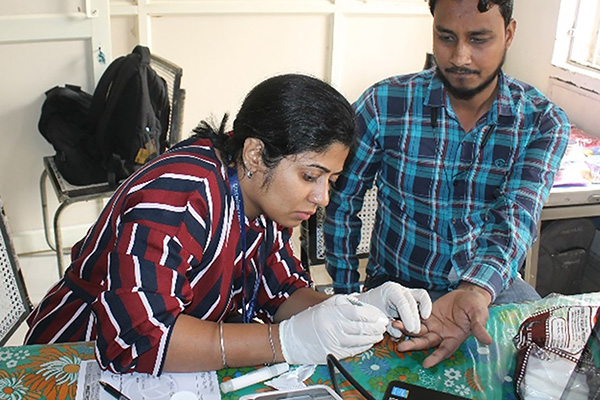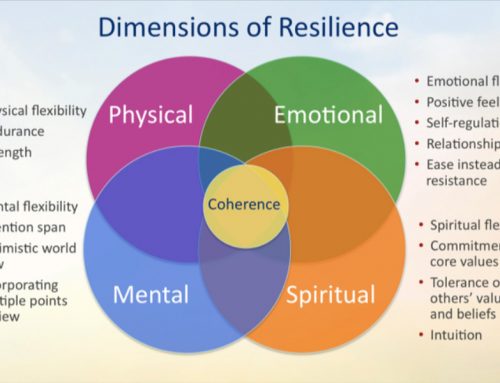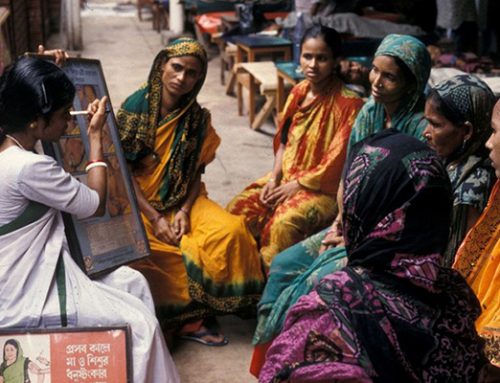Introduction
The world today is confronting an impending threat of life-threatening noncommunicable diseases (NCDs). Most of the non-communicable diseases are chronic in nature, and are typically detected after they have already established themselves within the body. Over the past few decades, NCDs have emerged as the prime cause of premature deaths, affecting countless lives. Unlike communicable diseases, NCDs do not spread person-to-person; and the genesis is within the body because of various genetic and environmental reasons. Some common NCDs are cardiovascular diseases (heart attacks and strokes), Cancers, Respiratory Diseases (such as Asthma), and Diabetes.
Understanding NCDs
NCDs emerge from many risk factors, some modifiable and others not. Modifiable risk factors that can be controlled are tobacco use, physical inactivity, an unhealthy diet, and excessive alcohol consumption. These lifestyle habits trigger fundamental changes in the body, including elevated blood pressure, obesity, high blood sugar levels, and stubborn blood cholesterol. It is very unfortunate that despite knowing this, people do not work towards making better lifestyle choices, leading to a concerning surge in NCD cases in India and all over the world.
Everyone is on the Radar
Non-communicable diseases (NCDs) can impact anyone nowadays in the current sedentary lifestyle scenario, and are not limited to any specific group or demography. They are opportunistic attackers, waiting for a chance to exploit our unhealthy choices. Unhealthy lifestyle choices drastically increase this risk. Opting for smoking, excessive alcohol consumption, intake of processed foods laden with salt and fat, and sugary beverages over nutritious alternatives creates an environment where NCDs thrive.
Prevention of NCDs
We all have the capacity to change the course of our lives by empowering ourselves so that we can make informed decisions in relation to our health. Embracing a healthy lifestyle reduces susceptibility and enriches life. Vital measures include consuming a diet rich in fresh, natural foods, engaging in 30 to 60 minutes of moderate-to-vigorous exercise daily, abstaining from smoking, and moderating alcohol intake.
The Global Challenge and India’s Struggle
Non-communicable diseases account for 71% of global deaths, with 85% of premature deaths in low and middle-income countries. India has witnessed a surge in NCDs due to lifestyle changes, unhealthy habits, and increasing urbanisation. A study by the Indian Council of Medical Research (ICMR) found that NCD-related deaths surged from 37.9% in 1990 to 61.8% in 2016. These diseases incur substantial medical expenses and thus impact our household income.
Government Initiatives
Most of the NCDs such as cardiovascular diseases, cancers, chronic respiratory diseases, and diabetes have common behavioural risk factors. The Government launched the National Programme for Prevention and Control of Cancer, Diabetes, Cardiovascular Diseases, and Stroke (NPCDCS), with the aim to enhance infrastructure, human resources, and health promotion for NCD prevention and management.
The Road to a Healthier Future – Swasthya Pahal
In the quest for “Health for all,” the Swasthya Pahal program takes centre stage. This is one of the initiatives started by the organisation to fight against the silent killer by making people aware and encouraging them to adopt a healthier lifestyle. With a touch of modernity, the program harnesses interactive, multi-lingual, and tech-enabled solutions to empower individuals to manage NCDs through healthy living.
Conclusion
Non-communicable diseases cast a shadow over public health, presenting a gloomy situation and demanding unified global action. The increasing burden of NCDs and their economic consequences underscore the urgency of preventive measures. Swasthya Pahal’s approach and commitment towards a Health for all promises a healthier and a brighter future. As the proverb goes, “Prevention is better than cure,” through collective efforts, we can pave the way to a world with fewer NCDs and improved well-being for all.
References
- Menon, G. R., Yadav, J., & John, D. (2022). Burden of non-communicable diseases and its associated economic costs in India. Social Sciences & Humanities Open, 5(1), 100256. https://doi.org/10.1016/j.ssaho.2022.100256
- Bista, B., Dhimal, M., Bhattarai, S., Neupane, T., Xu, Y. Y., Pandey, A. R., Townsend, N., Gyanwali, P., & Jha, A. K. (2021). Prevalence of non-communicable diseases risk factors and their determinants: Results from STEPS survey 2019, Nepal. PLOS ONE, 16(7), e0253605. https://doi.org/10.1371/journal.pone.0253605
- Status of Non-Communicable Diseases (NCDs) in India. (n.d.). Pib.gov.in. https://pib.gov.in/PressReleaseIframePage.aspx?PRID=1796435
- Joshi, D. A. (n.d.). Swasthya Pahal. Foundation of Healthcare Technologies Society. Retrieved August 27, 2023, from //fhts.ac.in/swasthyapahal/
Written by
Dr. Mansi Gauniyal, Gunjan Sooden and Nidhi S Pillai















Leave A Comment